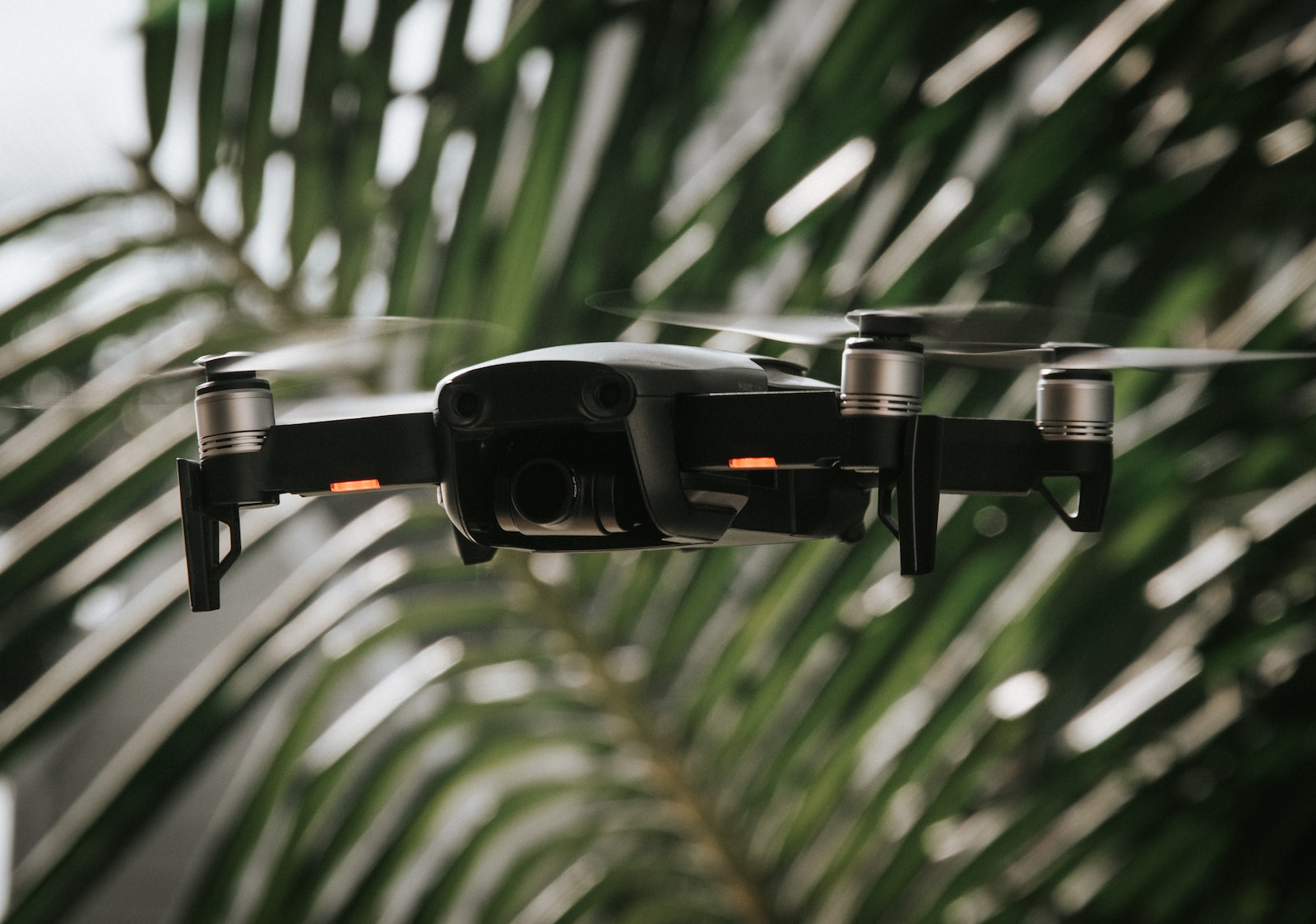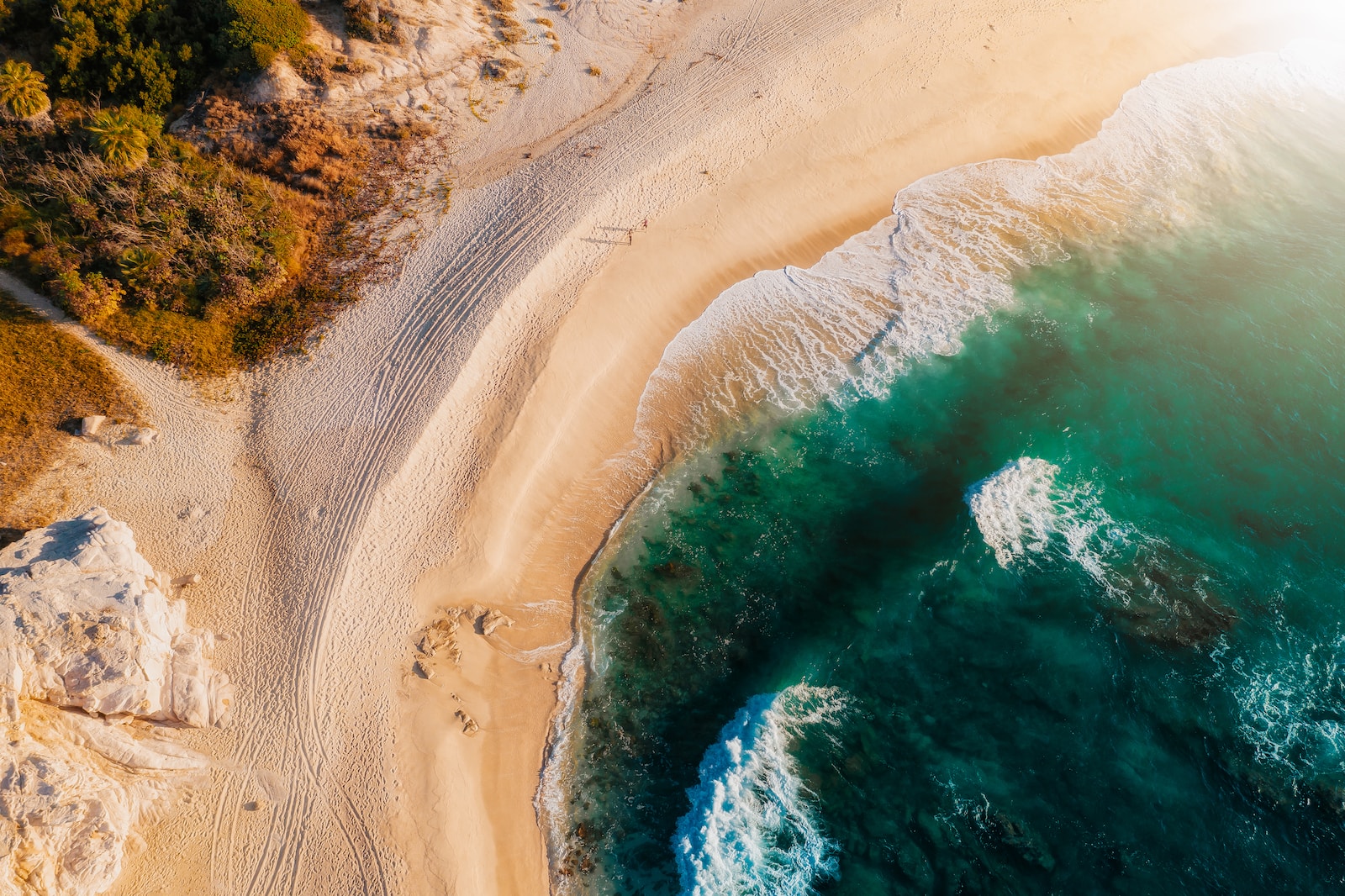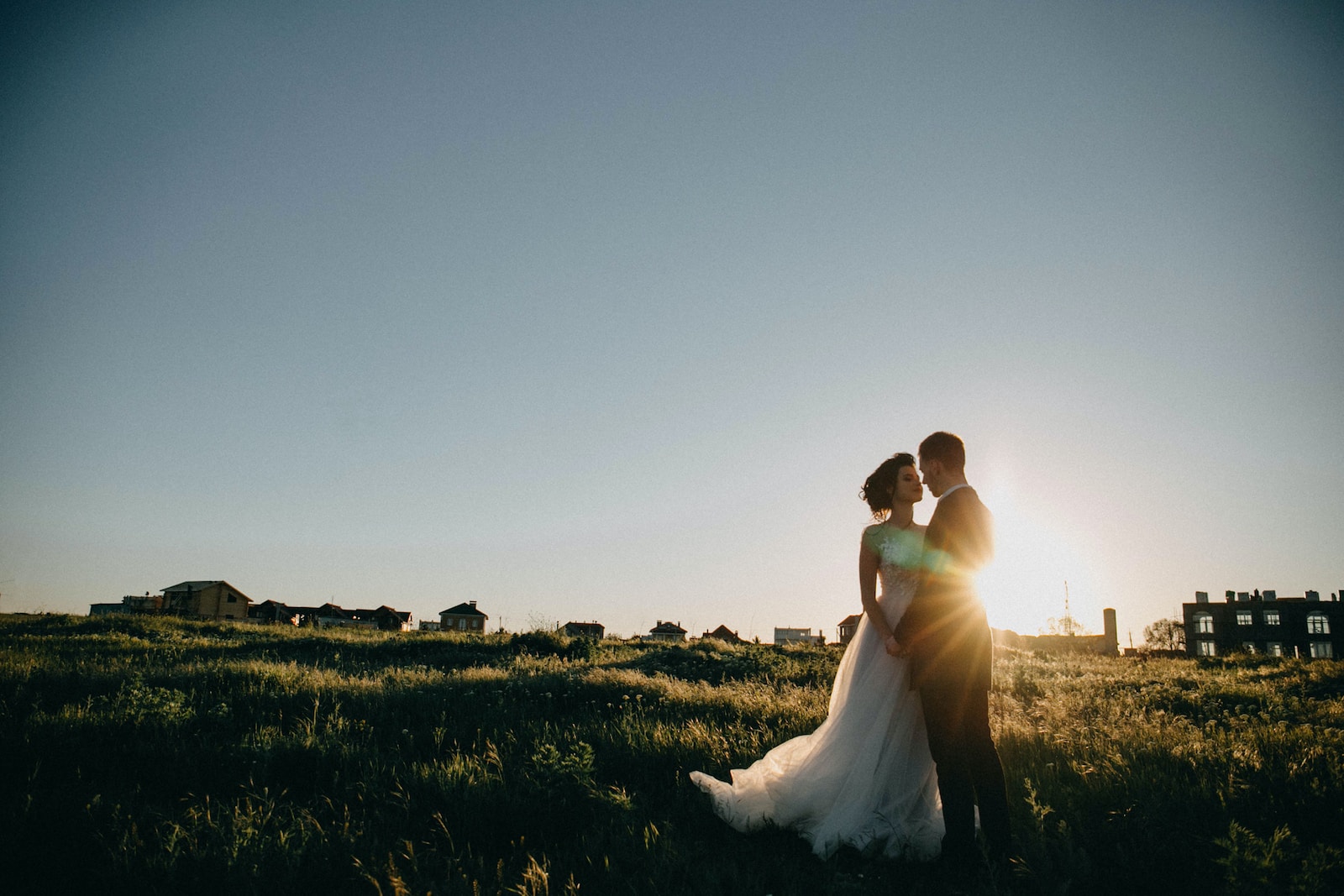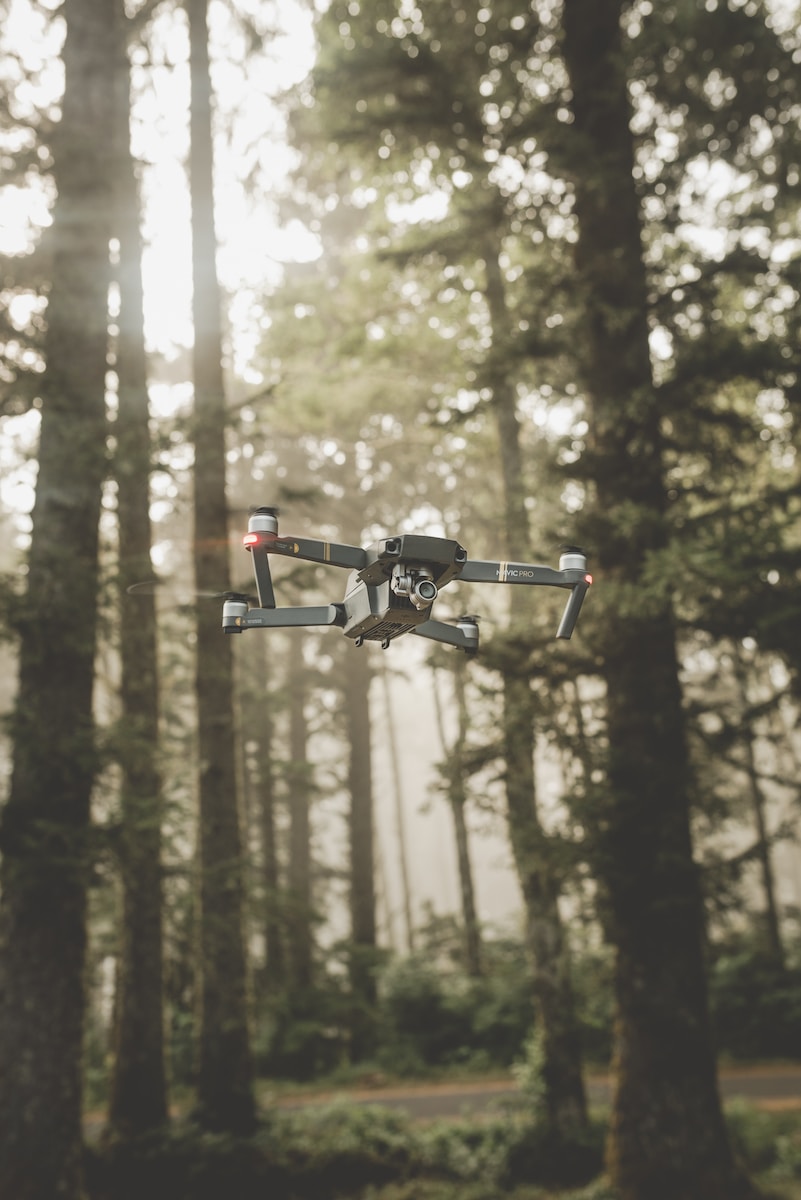Welcome to “Mastering Aerial Videography,” the ultimate guide for shooting breathtaking aerial videos. In this blog, we will provide you with expert tips, techniques, and video shooting hacks that will take your aerial videography skills to new heights. Whether you are a beginner or an experienced videographer, our goal is to help you capture stunning footage from the sky. Join us as we dive into the world of aerial videography and uncover the secrets to creating cinematic masterpieces.
Table of Contents
- Tips and Techniques for Shooting Breathtaking Aerial Videos
- Mastering Aerial Videography: Tips and Techniques
- Frequently Asked Questions
- What is aerial videography?
- Why is aerial videography popular?
- What are the benefits of aerial videography?
- What equipment is needed for aerial videography?
- Are there any legal restrictions for aerial videography?
- How can I improve the quality of my aerial videos?
- What are some creative shots I can capture with aerial videography?
- Where can I find additional resources on aerial videography?
- Wrap Up
Tips and Techniques for Shooting Breathtaking Aerial Videos
1. Choosing the Right Equipment
When it comes to aerial videography, having the right equipment is essential. Invest in a high-quality drone with a stable gimbal and a camera capable of shooting in high resolution. Consider factors like flight time, range, and camera capabilities when selecting the perfect drone for your needs. Don’t forget to check the regulations and obtain any necessary permits before flying your drone in certain areas. Safety should always be a top priority.
2. Planning Your Shots
Before taking off, it’s crucial to plan your shots carefully. Take the time to scout locations and identify points of interest. Consider the weather conditions and the time of day for optimal lighting. Create a shot list and storyboard to guide your filming process. Think about the story you want to tell through your videos and plan your shots accordingly. This will help you capture cohesive and visually appealing footage.
3. Mastering Camera Movements
The way you move your camera can significantly enhance the visual appeal of your aerial videos. Experiment with different camera movements like pans, tilts, and orbits to add depth and dynamism to your shots. Smooth and gradual movements are key to achieving professional-looking footage. Practice controlling your drone’s movements with precision and practice smooth transitions between different shots. Your viewers will be captivated by the seamless flow of your video.
4. Utilizing Filters and Camera Settings
Filters and camera settings can transform the look and feel of your aerial videos. Experiment with neutral density (ND) filters to achieve a more balanced exposure and reduce glare. Adjusting the camera settings like shutter speed, aperture, and ISO will allow you to capture the desired mood and creative effects. Don’t be afraid to explore different settings and experiment until you achieve the desired results.
5. Composing Stunning Shots
Aerial videography offers a unique perspective, so make the most of it by composing visually striking shots. Utilize the rule of thirds, leading lines, and symmetry to create visually pleasing compositions. Pay attention to the foreground and background elements to add depth and interest to your shots. Experiment with different angles and perspectives to capture the beauty of the landscapes and surroundings. Keep practicing and refining your composition skills to create breathtaking visuals.
6. Editing and Post-Production
Don’t underestimate the power of editing in creating impactful aerial videos. Use professional editing software to enhance your footage, stabilize shaky shots, and add color grading to enhance the overall mood. Consider adding music or sound effects to bring your videos to life. Take your time during the editing process and pay attention to details for a polished final product that will leave your audience in awe.
Interesting fact: Did you know that aerial cinematography dates back to the 1920s? It was first achieved by mounting a camera on a plane's wing.
7. Tips for a Safe and Responsible Flight
Safety should always be a top priority when operating a drone for aerial videography. Ensure you are familiar with your drone’s manual and follow all safety guidelines provided by the manufacturer. Respect the privacy of others and avoid flying in prohibited areas or close to airports. Stay updated on local regulations and guidelines for drone flights. By flying responsibly, you not only ensure the safety of others but also contribute to the positive reputation of aerial videographers.
8. Continuous Learning and Practice
Aerial videography is a skill that requires ongoing learning and practice. Stay updated with the latest techniques, equipment, and trends in the industry. Connect with other aerial videographers, join online communities, and attend workshops or courses to enhance your skills further. The more you practice and experiment, the better you will become at capturing stunning aerial videos.
9. Showcasing Your Work
Finally, don’t forget to share your breathtaking aerial videos with the world. Create a portfolio website or showcase your work on social media platforms dedicated to videography. Engage with your audience, seek feedback, and constantly strive to improve. Your unique perspective captured through aerial videography has the power to inspire and captivate viewers from around the globe.
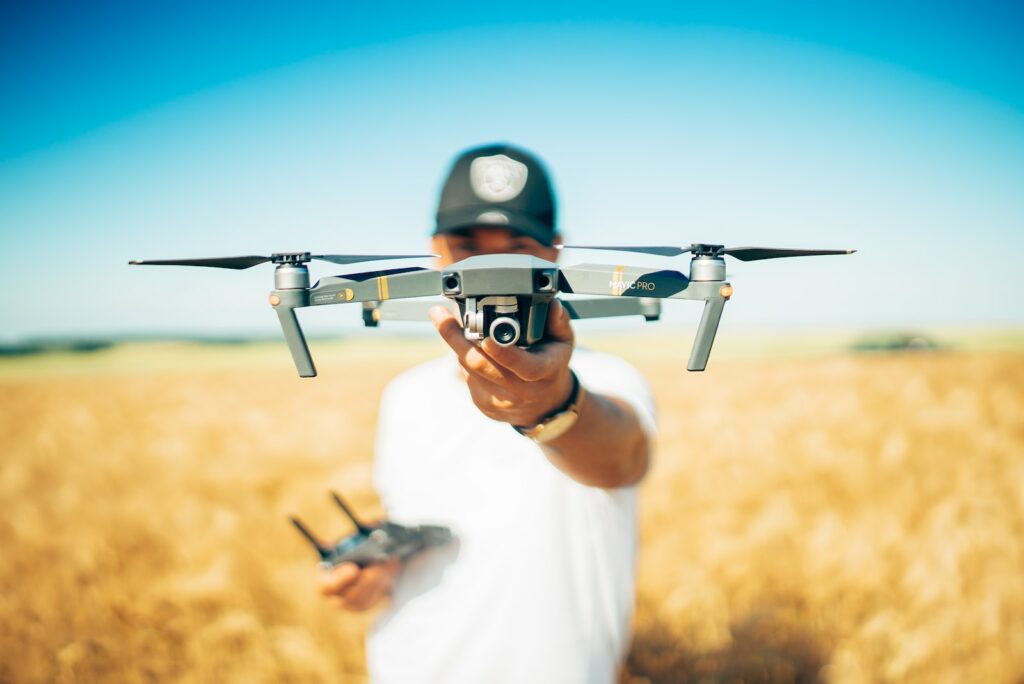
Mastering Aerial Videography: Tips and Techniques
Are you looking to take your videography to new heights? Literally? Aerial videography has become increasingly popular in recent years, allowing filmmakers and enthusiasts to capture stunning images from unique perspectives. In this blog post, we will provide you with valuable tips and techniques for shooting breathtaking aerial videos that will take your filmmaking skills to new heights.
Tips for Choosing the Right Equipment
- Select a high-quality drone with a stable flight controller and a reliable gimbal to ensure smooth and steady shots.
- Invest in a high-resolution camera capable of capturing clear and sharp footage from above.
- Consider using ND filters to control the exposure and avoid overexposed shots, especially in bright sunlight.
Planning and Preparing for a Successful Shoot
Before taking flight, it’s essential to plan and prepare to ensure a successful aerial videography session.
- Research the location thoroughly to identify any legal restrictions or requirements for flying drones.
- Check the weather conditions beforehand to avoid unfavorable conditions that might compromise your footage.
- Create a shot list and storyboard to have a clear vision of the shots you want to capture.
- Always pack spare batteries, memory cards, and other essential accessories to avoid interruptions during the shoot.
Mastering the Art of Composition
When shooting aerial videos, composition plays a vital role in creating visually captivating footage.
- Experiment with different angles and heights to add depth and dimension to your shots.
- Utilize leading lines to guide the viewer’s eye through the frame and create a sense of movement.
- Include foreground elements to provide a sense of scale and perspective.
- Utilize the rule of thirds to create balanced and visually pleasing compositions.
Camera Settings and Video Techniques
Understanding the right camera settings and mastering video techniques will greatly enhance the quality of your aerial footage.
- Shoot in manual mode to have full control over exposure, shutter speed, and ISO.
- Use a higher frame rate (such as 60fps or higher) to capture smooth slow-motion footage.
- Experiment with different camera movements, such as pans, tilts, and tracking shots, to add dynamism to your videos.
- Take advantage of the golden hours (early morning or late afternoon) for soft lighting and stunning aerial views.
Post-Processing and Editing Tips
Once you have captured your aerial footage, the post-processing stage allows you to refine and enhance your videos further.
- Use professional video editing software, such as Adobe Premiere Pro or Final Cut Pro, to edit your footage.
- Clean up any jitters or vibrations using stabilization tools.
- Enhance the colors and contrast to make your footage pop.
- Add appropriate background music or sound effects to complement your visuals.
By following these tips and techniques, you will be well on your way to mastering aerial videography. Remember to practice, experiment, and let your creativity soar as you capture breathtaking videos from the sky! Happy shooting!
Frequently Asked Questions
What is aerial videography?
Aerial videography is the process of capturing videos using cameras mounted on drones or other aerial devices.
Why is aerial videography popular?
Aerial videography provides a unique perspective and allows for stunning visuals that cannot be achieved from the ground.
What are the benefits of aerial videography?
Some benefits of aerial videography include capturing breathtaking landscapes, showcasing real estate properties, documenting events, and creating captivating marketing materials.
What equipment is needed for aerial videography?
To get started with aerial videography, you will need a drone or aerial device equipped with a camera, a remote controller, spare batteries, memory cards, and possibly additional accessories such as filters or stabilizers.
Are there any legal restrictions for aerial videography?
Yes, there are regulations and restrictions in place for flying drones or aerial devices. Make sure to comply with local laws and obtain necessary permits and permissions before conducting aerial videography.
How can I improve the quality of my aerial videos?
To improve the quality of your aerial videos, consider the following tips:
- Plan your shots in advance and storyboard your video.
- Take advantage of natural lighting conditions for the best visuals.
- Use smooth and steady movements by practicing your drone piloting skills.
- Experiment with different camera angles and perspectives.
- Edit your videos to enhance colors, contrast, and overall visual appeal.
What are some creative shots I can capture with aerial videography?
With aerial videography, you can capture unique shots such as top-down views, revealing shots where the camera descends from the sky, tracking shots following a subject, and bird’s-eye views of landscapes or buildings.
Where can I find additional resources on aerial videography?
There are numerous online communities, forums, and tutorials dedicated to aerial videography. You can also check out specialized magazines or blogs that provide tips, tutorials, and equipment reviews.
Wrap Up
In conclusion, mastering aerial videography is an art that requires practice, patience, and creativity. By following these tips and techniques, you can capture breathtaking aerial videos that will leave your audience in awe.
Remember to plan your shots carefully, choose the right equipment, and utilize composition and camera movement techniques to create visually stunning videos. Also, pay attention to lighting, weather conditions, and safety precautions to ensure a successful shoot.
Now it’s your turn! Have you ever tried aerial videography? What tips and techniques have worked best for you? Share your thoughts and experiences in the comments below. Let’s engage and learn from each other’s journeys in the world of aerial videography!
